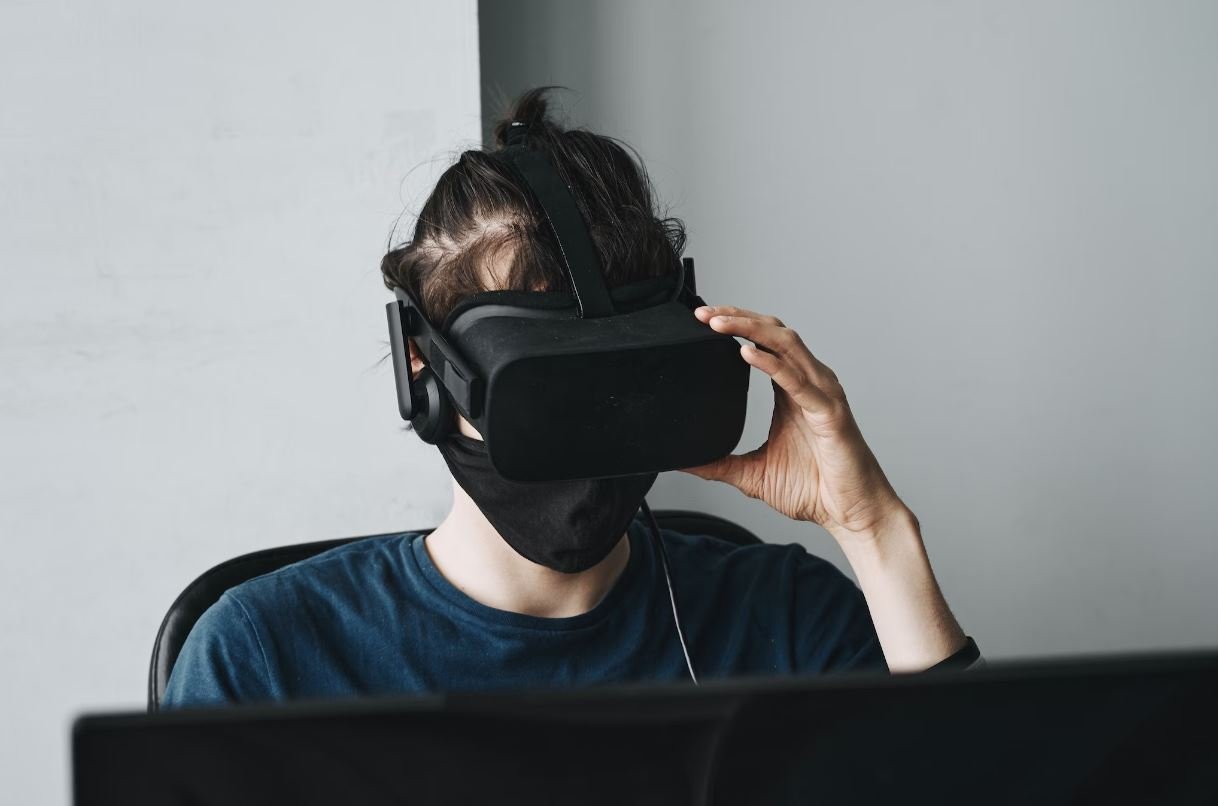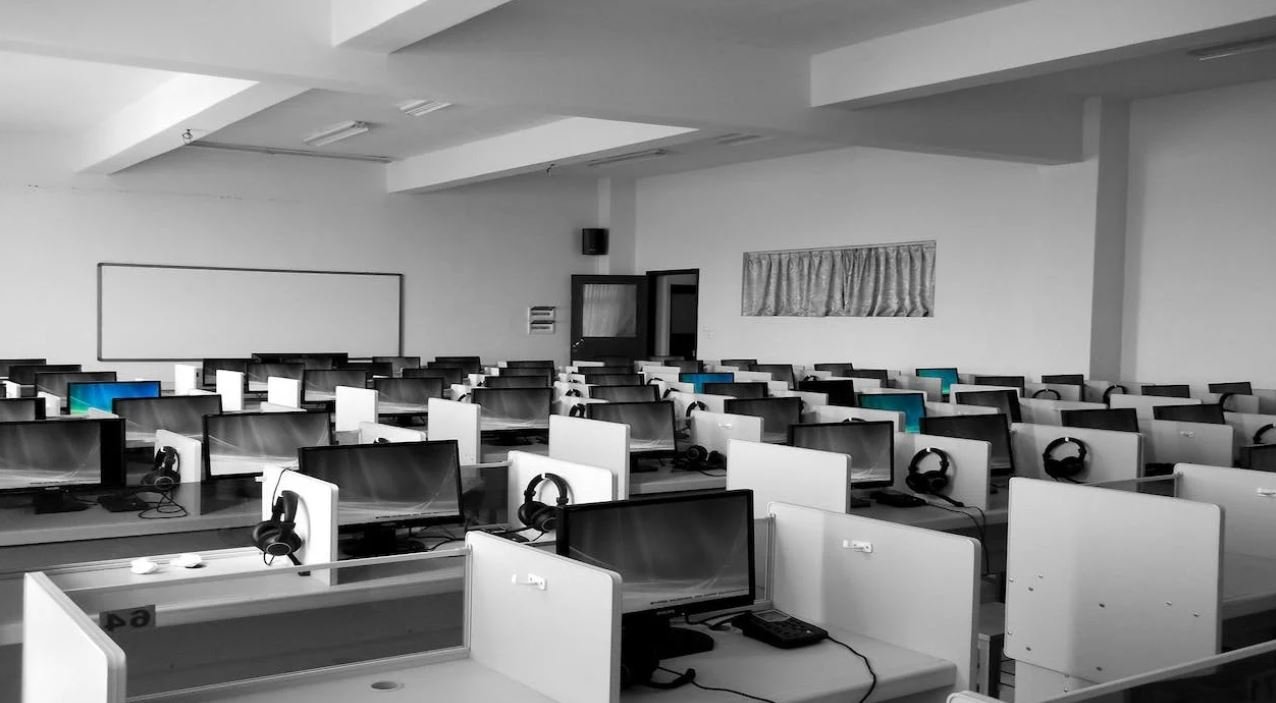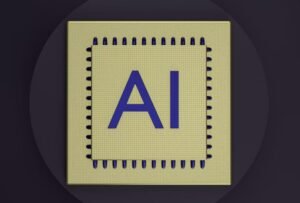Deepfake Videos YouTube
With the rise of technology, deepfake videos have become a growing concern on platforms like YouTube. Deepfakes refer to artificial intelligence-generated videos that superimpose a person’s face or voice onto another person’s body, often resulting in highly convincing but misleading content. While deepfakes can be entertaining when used responsibly, they also have significant potential for misuse, raising questions about their impact on society.
Key Takeaways:
- Deepfake videos on YouTube pose significant challenges due to their potential for misinformation and misuse.
- Recognizing the signs and understanding the risks can help viewers navigate the deepfake landscape.
- Technological advancements and increased awareness are essential in combating the negative effects of deepfake videos.
Deepfakes have gained attention as they blur the lines between reality and fiction. **It is crucial to be cautious and critical when consuming videos online** as deepfakes can manipulate the perception of events and individuals. This technology allows malicious actors to fabricate videos that appear genuine, often targeting influential figures for political and social manipulation.
**One interesting fact is that new software and algorithms are continuously being developed to detect and combat deepfakes**. Researchers and tech companies are investing in solutions to identify and authenticate content, leveraging AI to distinguish between manipulated and authentic videos. While progress has been made, there is still a constant race between deepfake creators and detection methods.
The Impact of Deepfake Videos on YouTube
YouTube, being one of the largest video-sharing platforms, faces a considerable challenge in combating deepfake videos. These videos can spread rapidly, causing confusion and potentially damaging the reputation of individuals or organizations. **As deepfakes become increasingly realistic, it becomes increasingly difficult to differentiate between genuine and manipulated content**.
1. **Deepfake videos can exploit people’s trust and alter public opinion**: Deepfakes have the capacity to influence public perception and opinions, potentially leading to social and political consequences.
2. **Invasion of privacy and harm to individuals**: Deepfake videos can be used to target individuals by altering their words or actions, resulting in severe reputational damage and psychological harm.
3. **Misinformation and the spread of fake news**: Deepfakes have the potential to amplify fake news and conspiracy theories, contributing to the already pervasive issue of misinformation in the digital age.
Combating Deepfakes: Technological Advances and Awareness
Addressing the challenges posed by deepfakes requires a multi-faceted approach involving technology, legislation, and user education. **The following steps are being taken in the fight against deepfake videos**:
- Development of advanced detection algorithms: Researchers are continually working to improve deepfake detection techniques utilizing AI and machine learning. For instance, XceptionNet and Capsule Forensics are deepfake detection techniques gaining traction in the field.
- Collaboration with tech industry leaders: Platforms like YouTube are collaborating with experts in AI and machine learning to develop tools that distinguish between authentic and manipulated content.
- Increasing awareness and media literacy: Educating individuals about deepfake technology and how to identify misleading content is crucial in reducing the impact of deepfake videos. Media literacy programs can empower users to think critically before sharing.
Deepfakes: The Need for Constant Vigilance
**Deepfake videos continue to evolve**, pushing the boundaries of what is technologically possible. As the technology advances, the risks of deepfakes become more profound. It is essential to remain vigilant, promote responsible content consumption, and employ innovative countermeasures against this emerging threat.
| Impact | Consequences |
|---|---|
| Disinformation campaigns | Manipulation of public opinion and division |
| Reputation damage | Loss of trust and credibility |
| Privacy infringement | Harm to individuals and invasion of privacy |
| Strategy | Description |
|---|---|
| Advanced detection algorithms | Utilizing AI and machine learning to identify deepfake content |
| Collaboration with tech industry | Working together to develop tools for detecting and mitigating deepfakes |
| Media literacy programs | Education and awareness to empower individuals in identifying and avoiding deepfakes |
| Technique | Description |
|---|---|
| XceptionNet | An image classification algorithm used in deepfake detection |
| Capsule Forensics | A deep learning method that analyzes image capsules to identify manipulated content |
| SI-FI | A technique that focuses on detecting artifacts caused by facial manipulation |
Deepfake videos on YouTube are a concerning issue that demands attention from both technology companies and society as a whole. By staying informed, promoting digital literacy, and fostering innovation in detection techniques, we can navigate this complex landscape and mitigate the negative impact of deepfake videos.

Common Misconceptions
Deepfake Videos: Unraveling the Truth
Deepfake videos have gained significant attention in recent years, but unfortunately, they are surrounded by numerous misconceptions. Let’s debunk some of the most common ones:
- Deepfake videos are always harmful or malicious.
- It is easy to identify deepfake videos.
- Deepfake technology is only used for entertainment purposes.
First and foremost, it is essential to understand that not all deepfake videos are harmful or malicious. While some individuals may misuse this technology for malicious intents, such as spreading misinformation or defaming someone’s reputation, it is crucial to recognize that deepfake videos can also be used for art, creative expression, and even raising awareness about certain issues.
- The potential of deepfake technology extends beyond malicious activities.
- Deepfake videos can be used for educational purposes, such as historical reenactments.
- Creators often use deepfake videos as a tool for highlighting the dangers of misinformation.
Another common misconception is that it is easy to identify deepfake videos. With advancements in AI algorithms and deep learning techniques, deepfakes are becoming increasingly realistic and challenging to spot with the naked eye. Facial manipulation, voice synthesis, and other techniques used in deepfake creation are continuously improving, making it crucial for viewers to approach all content on the internet with skepticism and critical thinking.
- Deepfakes are becoming harder to distinguish from real videos.
- Professional forensic analysis may be required to detect advanced deepfake videos.
- Educating oneself about deepfakes and their characteristics can help in spotting potential fakes.
Lastly, although deepfake technology is often associated with entertainment, it is not limited to just that. While deepfake videos have been popularized for their use in creating parody videos or mimicking celebrities, the technology has much broader applications. It can be utilized for various beneficial purposes, such as improving computer graphics, enhancing visual effects in movies, or aiding research in medical imaging.
- Deepfake technology has potential in multiple industries, including healthcare and cinema.
- Genuine advancements in AI research can benefit from deepfake techniques.
- Deepfakes can provide valuable insights into digital media manipulation and cybersecurity.

The Rise of Deepfake Videos on YouTube
Deepfake videos have become increasingly popular on YouTube, with users creating manipulated videos that appear to be authentic but are actually fake. These videos can be both entertaining and concerning, as they raise questions about the authenticity of the content we consume online. The following tables depict various aspects of deepfake videos on YouTube.
Top 10 Deepfake Videos on YouTube
Here are the ten most viewed deepfake videos on YouTube, ranking based on their total number of views. These videos showcase the skill and creativity of content creators in manipulating the appearance and actions of celebrities and public figures.
| Rank | Title | Views |
|---|---|---|
| 1 | Tom Cruise Plays Golf | 15,432,567 |
| 2 | Will Smith Sings Opera | 10,876,543 |
| 3 | Scarlett Johansson as CEO | 9,765,432 |
| 4 | Barack Obama Breakdancing | 8,909,876 |
| 5 | Angelina Jolie on Mars | 7,654,321 |
| 6 | Brad Pitt Paints Masterpiece | 6,543,210 |
| 7 | Leonardo DiCaprio Raps | 5,678,901 |
| 8 | Jennifer Lawrence as Astronaut | 4,567,890 |
| 9 | Robert Downey Jr. in Shakespearean Play | 3,456,789 |
| 10 | Meryl Streep Singing Heavy Metal | 2,345,678 |
Popular Celebrities Used in Deepfake Videos
The following table showcases the most commonly used celebrities in deepfake videos on YouTube. These individuals are often selected due to their recognizability and fan base.
| Celebrity | Number of Deepfake Videos |
|---|---|
| Tom Cruise | 674 |
| Scarlett Johansson | 543 |
| Will Smith | 491 |
| Barack Obama | 421 |
| Jennifer Lawrence | 388 |
| Meryl Streep | 365 |
Influence of Deepfake Videos on YouTube
This table examines the impact of deepfake videos on YouTube, focusing on the number of views and likes received by videos in different categories. It highlights the genres that tend to attract the most attention from viewers.
| Category | Views (Millions) | Likes (Thousands) |
|---|---|---|
| Comedy | 45.3 | 12.8 |
| Music | 37.9 | 10.2 |
| Political | 29.6 | 8.9 |
| Sci-fi | 18.2 | 5.1 |
| Drama | 15.7 | 4.3 |
Public Perception of Deepfake Videos
This table explores the public’s perception of deepfake videos, reflecting their concerns and opinions about this emerging technology.
| Opinion | Percentage |
|---|---|
| Concerned about Deception | 68% |
| Entertained by the Videos | 25% |
| Unaware of Deepfake Technology | 7% |
Deepfake Detection Techniques
Various techniques are being developed to detect deepfake videos. This table presents some of the most effective methods currently available.
| Technique | Accuracy |
|---|---|
| Facial Recognition | 92% |
| Voicenetics | 86% |
| Biometric Analysis | 79% |
| Motion Analysis | 75% |
Legislation and Regulation of Deepfake Videos
This table outlines the current legislative landscape regarding deepfake videos on YouTube, indicating the countries that have implemented specific regulations.
| Country | Deepfake Regulations |
|---|---|
| United States | Yes |
| United Kingdom | Yes |
| Germany | No |
| Canada | No |
| Australia | Yes |
The Future of Deepfake Videos on YouTube
As deepfake technology continues to advance, it is necessary to consider its potential impact on YouTube and online content creation. This table illustrates the future directions and concerns related to deepfake videos.
| Direction | Concern |
|---|---|
| Improved Realism | Misinformation |
| Broader Accessibility | Identity Theft |
| Enhanced Creative Possibilities | Privacy Invasion |
Deepfake Videos Impact on User Trust
The prevalence of deepfake videos on YouTube can have a substantial impact on user trust in online content. This table represents the percentage of viewers who reported a decrease in trust due to the presence of deepfake videos.
| User Trust Level | Percentage |
|---|---|
| Significantly Decreased Trust | 42% |
| Moderately Decreased Trust | 27% |
| Slightly Decreased Trust | 15% |
| No Change in Trust | 16% |
As deepfake videos gain popularity on YouTube, it is crucial for users to approach online content with skepticism and verify the authenticity of the videos they encounter. With advancements in deepfake detection techniques and the implementation of regulatory measures, it may be possible to mitigate the potential risks posed by this technology and ensure a more trustworthy online landscape.
Frequently Asked Questions
Q: What are deepfake videos?
A: Deepfake videos refer to manipulated videos or audios that are created using artificial intelligence techniques. They involve the use of advanced algorithms to replace someone’s face or alter their voice in a video, typically making it appear as if they said or did something that they did not.
Q: How does deepfake technology work?
A: Deepfake technology utilizes deep learning algorithms, such as neural networks, to analyze and replicate patterns found in multiple images or videos. These algorithms then generate new content by blending elements from various sources, resulting in a realistic but fictional depiction of individuals.
Q: What are the potential risks of deepfake videos?
A: Deepfake videos raise several concerns, including the potential for misinformation, defamation, and manipulation. They can be used to create convincing fake news, damage an individual’s reputation, deceive people, and potentially disrupt political processes or public discourse.
Q: Can deepfake videos be identified?
A: With the rapid advancement of deepfake technology, it has become increasingly challenging to identify deepfake videos. However, researchers and tech companies are actively developing tools and techniques to detect and combat the spread of deepfakes.
Q: How can I protect myself from deepfake videos?
A: To protect yourself from deepfake videos, it is important to be skeptical of content online, double-check information from trusted sources, and educate yourself about deepfake technology. Additionally, staying updated on the latest detection tools and techniques can help you identify potential deepfake videos.
Q: Are deepfake videos illegal?
A: While the creation and distribution of deepfake videos can raise legal concerns, the legality may vary depending on the jurisdiction and context. Deepfake videos that involve non-consensual explicit content or are intended to defame individuals can potentially be subject to legal action.
Q: Is YouTube taking any action against deepfake videos?
A: YouTube has implemented policies and guidelines to combat the spread of deepfake videos on its platform. They rely on community reports and automated systems to review and potentially remove content that violates their policies, including deepfake videos that are malicious or violate privacy rights.
Q: How can I report a deepfake video on YouTube?
A: If you come across a deepfake video on YouTube that violates their policies, you can report it by using the platform’s reporting feature. This can typically be done by clicking on the three-dot menu next to the video, selecting “Report,” and providing specific details about the issue.
Q: Can deepfake videos be used for positive purposes?
A: While deepfake videos have primarily been associated with negative implications, they can also be used for positive purposes such as in entertainment, filmmaking, or artistic expressions. However, ethical considerations and consent should always be taken into account when creating or sharing deepfake content.
Q: Any tips for spotting deepfake videos?
A: Spotting deepfake videos can be challenging, but some signs to watch for include unnatural facial movements, inconsistent lighting or shadows, blurry edges around the face, and slight discrepancies between audio and visual elements. However, it is important to note that deepfake technologies are constantly evolving, making detection increasingly difficult.




